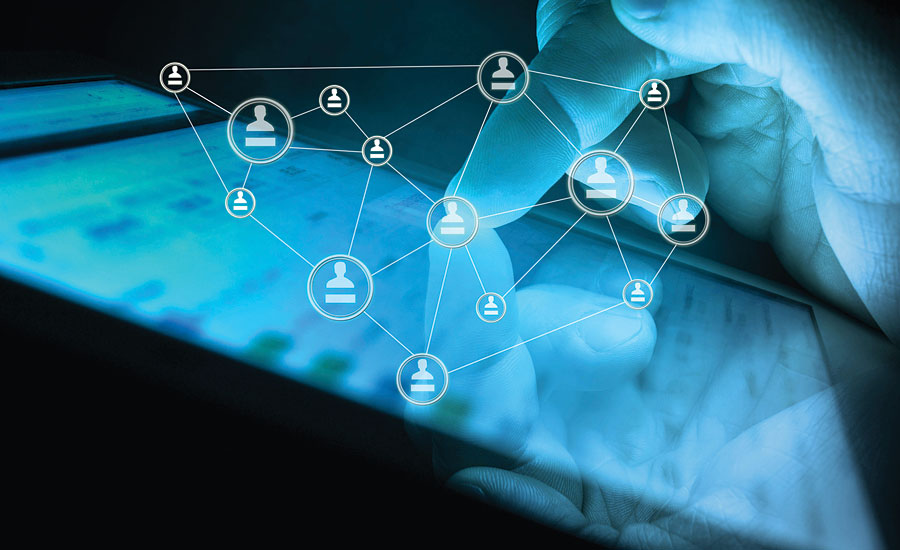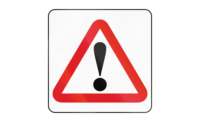The cloud is just a metaphor for the Internet. Cloud computing means instead of all the computer hardware and software you are using sitting on your desktop or somewhere inside your company’s network, this hardware and software is provided to you as a service by another company’s network. It is accessed over the Internet, usually in a completely seamless way. Exactly where the hardware and software is located and how it works doesn’t matter to the user. It is just up there in the nebulous “cloud” that the Internet represents.
The problem is the software, files and storage capacity has to be bought instead of having it on your personnel or corporate computer. The advantage is that the provider of the space in the cloud is responsible for the upkeep of the software and the network. It also is the provider’s responsibility to keep the networks secure.
Second, the Internet of Things (IoT), the next mega-trend, will be defined. This requires a lengthy explanation.
The IoT nomenclature was first coined in 1999 at MIT by British technologist Kevin Ashton. The concept is intended to have everything connected to the Internet. This idea has generated a large amount of interest. It is eventually meant to produce a world in which machines, networked devices and cloud-based applications are connected to each other allowing the vast amount of data collected to be used in intelligent decision-making. It is believed that the IoT can generally be broken down into five key connected areas, which are:
• Wearables;
• Connected cars;
• Connected homes;
• Connected cities; and
• Industrial Internet, transportation, oil and gas, construction and health care.
There are large corporations and industrial companies backing the potential industrial implantation of the IoT. It is surprising to see the number of manufacturers that are presently advertising the fact that they are “connected” to the Internet, although the connection to what is not entirely clear at this time.
In addition, it is believed the actual implementation of connecting all things is too expensive. The IoT is intended to produce the connection of all electronic objects by means of small imbedded sensors, actuators and identification devices onto a network via software. This will enable a new transformation of services, increase efficiency and enable other health and environmental benefits.
The basic challenge of today, as brought out at two recent conferences on the IoT forum, is how to deliver the connectivity in a way that will lower costs and protect data security. By definition, the IoT will have enormous growth that would be difficult to get one’s arms around.
Just to give an idea of the enormous amount of data that is around, breakthroughs in the cost of sensors, processing power and bandwidth used to connect devices are enabling large amounts of productivity to be achieved in the workplace. Google already has more than 20 petabytes of data it processes in a single day. That amounts to a quadrillion bytes. And that is just Google. Can you imagine the amount of data that Facebook, Microsoft, Intel, Hewlett-Packard, the CIA, NSA and other major institutions can claim? The total amount truly is staggering.
The three general, potential communication methods for different applications would be as defined by the parallel European idea, Industre 4.0:
a. Business-to-business communication.This is where two businesses communicate with each other. The delay allowed for this communication could be from a few milliseconds to several minutes.
b. Business-to-machine. This is where a business will exchange information with a machine or device.
c. Machine-to-machine.This is where two implanted, connected devices communicate with each other in automatic context in real time. For example, a robot platform controller exchanges information with a handheld robot controller. This exchange must take place in almost real time.
Peering into the possibilities
The ability to network embedded devices with limited CPU, memory and power resources together means that IoT will find applications in almost any field. An overview of such systems could be the collection of information in areas such as buildings and factories, although the IoT is not restricted to such areas. Performing actions such as sensing and actuation would be possible in the areas of heat, electricity and energy management.
In the area of infrastructure management, the control of such things as bridges, railway tracks, wind farms, etc., is one of the key applications. The network could be used for monitoring any building condition that will compromise the safety along with any increased risk of building occupants.
The industrial application of the IoT is endless. Network control and management of manufacturing equipment or the manufacturing process would be a given. Digital control systems to automate process controls, operator controls as well as service information systems that would optimize plant safety and security are possible. Measurements, automated controls, plant optimization, health and safety management, and many other functions would be provided by a large number of networked sensors.
In building and home automation, IoT would be used to control mechanical, electrical and electronic systems used in public, private, commercial and residential buildings. Pump pressure and hot water generators are prime examples. The control of lighting, heating, ventilation and plumbing devices would be done. In general, it would be used to improve all aspects of convenience, energy management and security.
The security of the IoT would be of prime importance. The connectivity of all the devices would offer tantalizing targets to a new breed of criminal looking to break into virtual backdoors that never existed prior to this application. There is little doubt that the security must be designed from the ground up.

